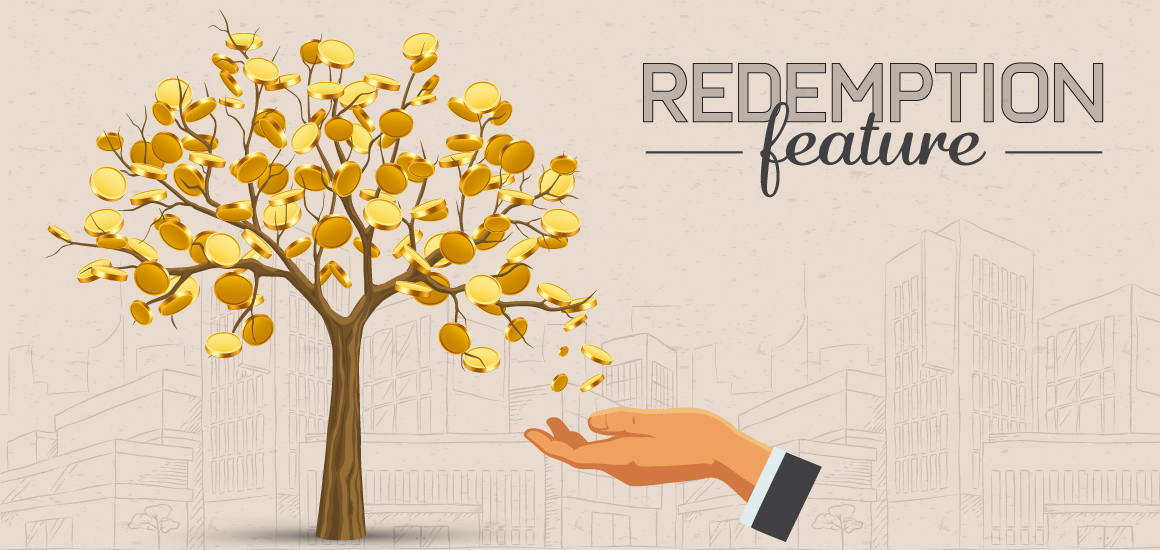This may tingle your mind to rethink the bond purchase you make, but this is just to be aware of as an investor so that you know the nitty-gritty of bond investments. Yes, it is appropriate that a bond instrument has a redemption feature, which is in favor of the bond issuer rather than a bond investor. But if you carefully draw a line while investing, the same bond can act as a plain bond which is otherwise beneficial to the investor.
Although what is that you must know about the redemption feature in bonds?
Not all bonds come under this category, it applies to only a few who are issuing such a bond instrument. Read on to know more about this matter!
What is Bond Redemption?
This term in substitution can also be known as bonds that are callable or in simpler terms known as “Callable Bonds”.
Think of this example in our daily life, where a gift coupon in your favorite ecommerce store is redeemable only until a limited time and beyond which is not redeemable. Basically, as a user, you can redeem a gift anytime before or on the date of expiry, otherwise, consider it as a lost surprise that can’t be leveraged anymore. More like you’d want to take it before it’s gone right?
Similarly, a callable bond is one such bond that allows the issuer to call it before maturity which isn’t an obligation to do so but can be leveraged in times when it is beneficial to an issuer.
Are capital gain bonds helpful?
How is it Beneficial to an Issuer?
Callable bonds come with an embedded call option feature in it, wherein it allows the issuer to purchase the bond back from the investors. That is most certainly beneficial to the issuer at times when the interest rates in the market are falling.
If you think about it, how does it even matter? Then here’s what you must know!
As you are aware of the fact that when the interest rate increases, the bond price decreases, and similarly when the interest rate decreases the bond price increases.
Issuer Scenario 1: If the interest rates in the market are decreasing, the issuer instead of paying higher interest rates to the investors can issue a new bond with lower interest rates. At those times, the callable bond can be a savior to the issuers to call it from the investors.
Investor Scenario 1: The investor in this situation can lose the higher interest rates that could have been received until the maturity date as the issuer is calling it off earlier. Even though it is true, the investor will receive the principal amount back before maturity and at a premium to the face value.
Investor Scenario 2: What if the interest rates are higher? In this case, the most certain thing is that the issuer will not call the bond and rather continue to pay the interest rates as mentioned in the terms when it was first issued.
Investor Scenario 2: The investor can continue being invested in this instrument and earn an assured interest rate until maturity along with the repayment of the principal.
So does it mean the issuer can call this bond anytime? Well, not! The issuer as well has some terms and conditions that apply to them while choosing such a feature. There is a lock-in period until which the issuer can’t call the bond, which guarantees the investor receives an assured interest rate until then. Beyond this, it is up to the issuer to call the bonds or keep them as it is.
Note that the date at which the bond can be redeemed and the price of the redemption is pre-determined and is mentioned priorly in the issuance. So that the investor can expect and be certain of the issuance they are getting into.
Stocks might be eye-catchy, bonds are relaxing though!
An Example to Understand it Better
Let’s assume XYZ company issued a bond with a face value of Rs 10,000 with an interest rate of 6%. And currently, the interest rate is at 4% maturing in 6 years. In this case, XYZ will likely call the bond and issue a new bond at 4% with the same face value.
Let’s assume the interest rate got hiked or is the same, then it is certain that the issuer will not call back the bond but rather continue paying the investors the interest rate that was assured when they first issued the bond.
Drawing a Conclusion
This feature may turn out like a less profitable one for the investors but is for the issuers to consider changing the decision in times when there is a fall in interest rates. Although keeping investors beneficial when the interest rate doesn’t fall or otherwise by providing the investors with a new bond at lower interest rates which can still reap returns by not keeping investors at any loss.






